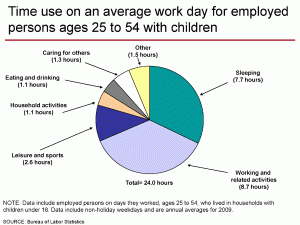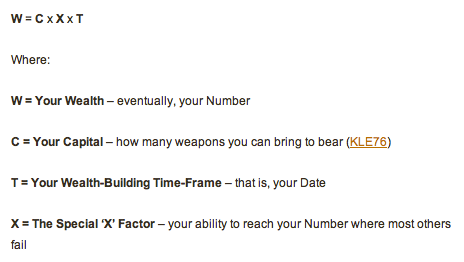
Here’s some interesting ‘information’ that I picked up:
Apparently, all Polar Bears are left-handed.
Well, it seems that there are two types of people in this world: those who will now run off and propagate this ‘fact’ at trivia and pub nights, and those who will go and check their sources.
I’m in the latter … now, I’m not obsessive about it, so this information ‘seems’ right, but I’ll let a polarbearophile prove me right or wrong with these Polar Bear Myths:
– A hunting bear will cover its black nose while lying in wait for a seal.
Canadian biologist Ian Stirling has spent several thousand hours watching polar bears hunt. He has never seen one hide its nose, nor have other scientists.
– The great white bears are left-pawed.
Scientists observing the animals haven’t noticed a preference. In fact, polar bears seem to use their right and left paws equally.
– Polar bears use tools, including blocks of ice to kill their prey.
Scientist Ian Stirling believes that this assertion can be traced to unsuccessful hunts. After failing to catch a seal, a frustrated and angry polar bear may kick the snow, slap the ground — or hurl chunks of ice.
– A polar bear’s hollow hairs conduct ultraviolet light to its black skin, thus capturing energy.
This theory was tested—and disproved—by physicist Daniel Koon.
– The polar bear has a symbiotic relationship with the arctic fox, sharing its food in exchange for the fox’s warning system.
Not only is the bear-fox relationship not symbiotic, the little foxes often annoy the bears. An arctic fox will sometimes tease a bear by darting in to nip at its heels and will sometimes try to drive a bear off its prey.
– Orca whales prey on polar bears.
This has never been observed.
– Polar bears live at both poles.
Polar bears, of course, live only in the circumpolar North. They never encounter penguins, which do not live in the same regions as polar bears.
[AJC: Polar bears = Arctic and Greenland; Penguins = Antarctic, Australia and New Zealand. Get it??!!]
Source: http://www.polarbearsinternational.org/bear-facts/myths-and-misconceptions/
So?
Well, if this is how many myths polar bears can generate, imagine how many there are about our favorite subject: personal finance?!
Here are just some that I have tried to dispel on this site:
– The myth that entrepreneurs are driven by greed
– The myth that a high income equates to wealth
– The myth that diversification is one of the most important personal finance tools around
– The myth that retirement planning centers around replacing your income
… and, I have written many, many more (just type the word ‘myth’ into the search box at the top of this page).
What myths (personal finance or otherwise) have you recently had cause to question?












